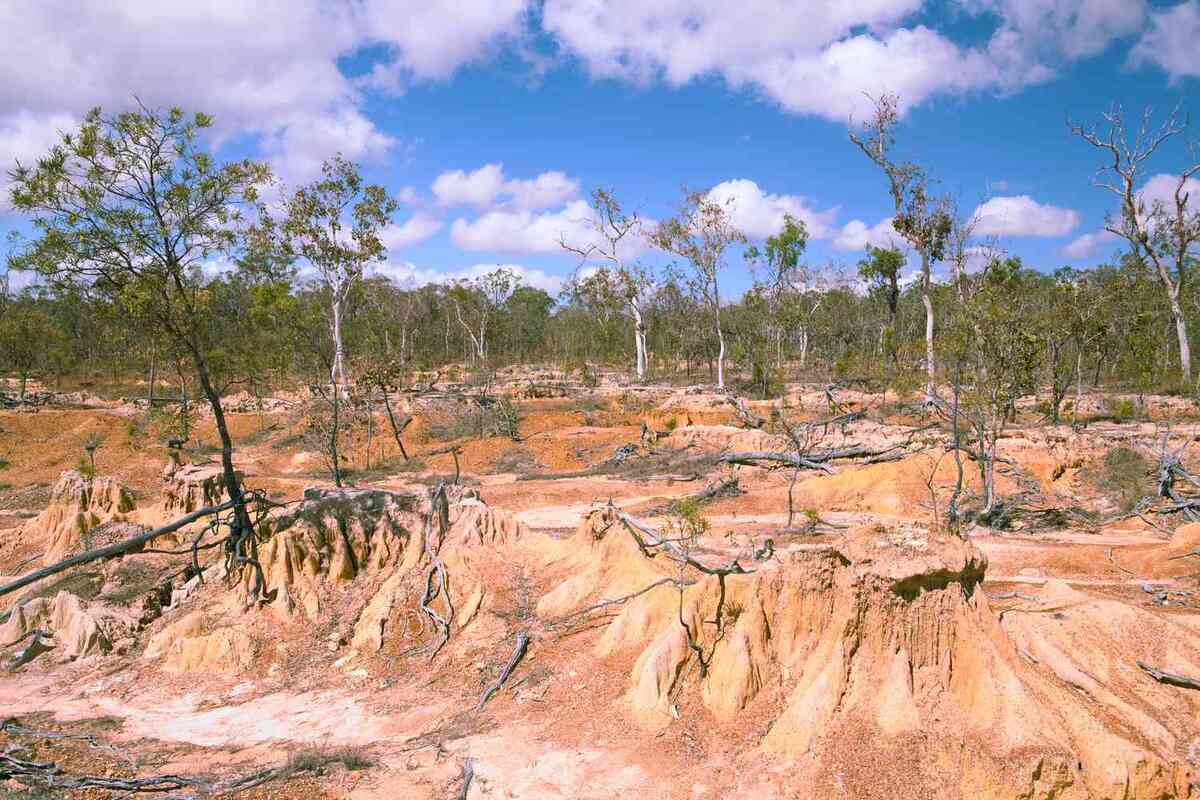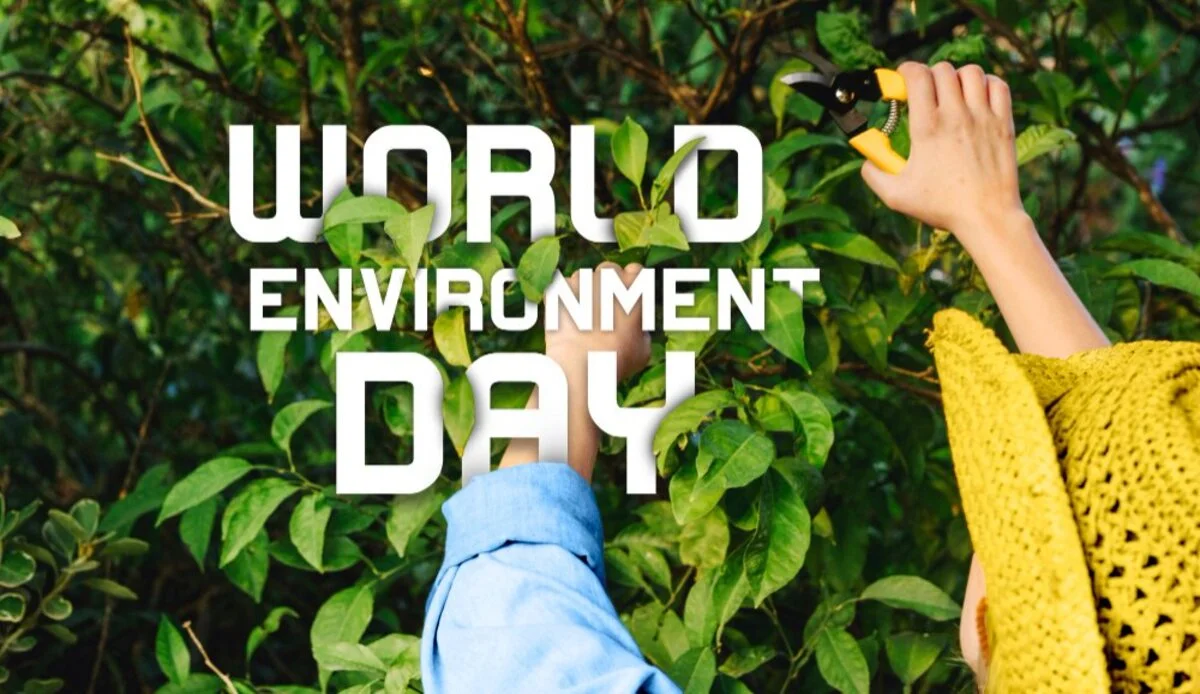On June 5, 2024, Saudi Arabia will host World Environment Day, bringing global attention to the critical issues of land restoration, desertification, and drought resilience. With ecosystems deteriorating worldwide and affecting 40% of the global population—a number projected to rise—the event highlights the urgent need for action.
Experts warn that the degradation of once-productive lands threatens food supplies, exacerbates climate change, and drives a biodiversity crisis that could push 1 million species towards extinction. Doreen Lynn-Robinson, Director of Biodiversity and Land at the United Nations Environment Programme (UNEP), emphasizes the need for a fundamental shift in humanity’s relationship with nature. “We must realize that having healthy ecosystems is vital for our survival, and that protecting all life on Earth, from the soil and seabed upwards, is the only viable future,” she states.

Reviving landscapes, which includes initiatives like planting native vegetation and reflooding wetlands, is crucial to combat land degradation. This is increasingly important as climate change threatens more ecosystems, according to Robinson.
In recent years, countries have committed to restoring 1 billion hectares of degraded land, aligning with targets set under the UN Decade on Ecosystem Restoration. Saudi Arabia has notably embraced these restoration efforts, planning to restore 200 million hectares of degraded land domestically and abroad. The nation has also made significant strides in fulfilling its Vision 2030 nature protection goals, increasing safeguarded land from 4% to over 18% and expanding the number of national parks from 19 to over 400.

“Vision 2030 assigned high priority to environmental protection in general as the third pillar for sustainable development, along with economic growth and social wellbeing,” says Faqeeha.
Mohammed Qurban, CEO of Saudi Arabia’s National Centre for Wildlife, highlights the interconnectedness of biodiversity and human life. Efforts to restore flora and fauna on land and in water are evident in successful breeding and vaccination programs. One such triumph is the rewilding of the Arabian oryx. “When we released oryx in the north, an elder said that it was 100 years since they had been seen in the area,” Qurban recounts. “Now we can see more than four generations in the north, so we are on a very good track for the oryx.”
Saudi Arabia aims to see similar successes with other species, including the critically endangered Arabian leopard. Rewilding predators like the leopard requires repopulating their prey, such as the Nubian ibex, Arabian tahr, smaller mammals, ground birds, and insects.

Supporting these species demands vast areas of healthy land, fertile soils, and vegetation. However, development, overgrazing, rising temperatures, and climate-related shocks like sand and dust storms have eroded Saudi Arabia’s green areas. Desertification remains the “number one issue” for wildlife in the country, according to Qurban.
Despite these challenges, there is optimism about nature’s recovery. Alhanwsh, director of the King Khalid Centre for Wildlife Research, oversees the care of large-hooved animals and reports successful breeding programs. The resettlement of large numbers of animals in their natural habitats inspires conservationists like Qurban. “I feel so happy and lighter to see all these animals in protected areas and moving in groups,” he says. “How beautiful and fantastic it is to see them jumping from one area to another.”
As Saudi Arabia prepares to host World Environment Day 2024, it stands as a testament to the potential for restoration and the global imperative to protect and rejuvenate our planet’s ecosystems.
















